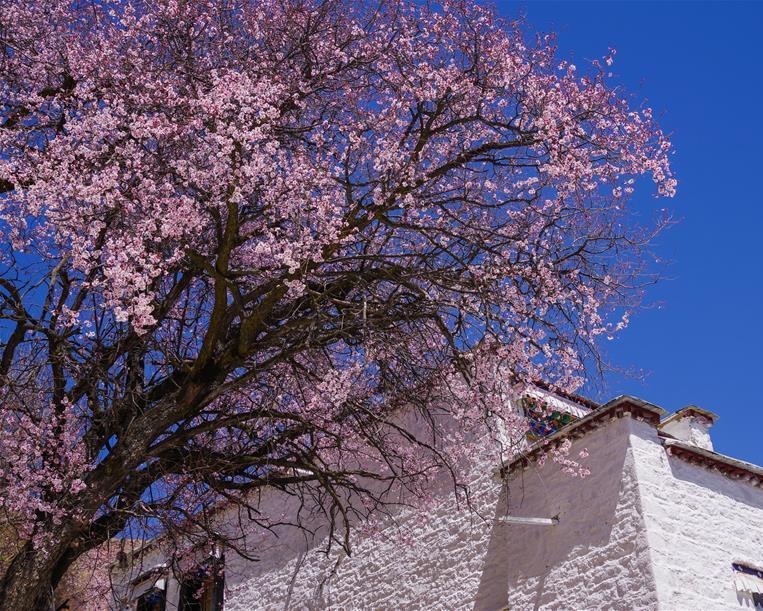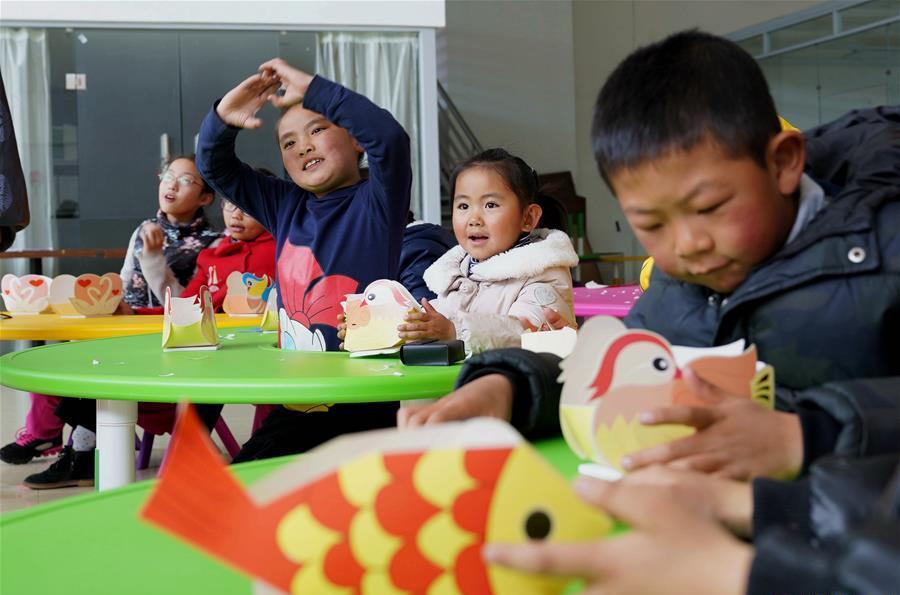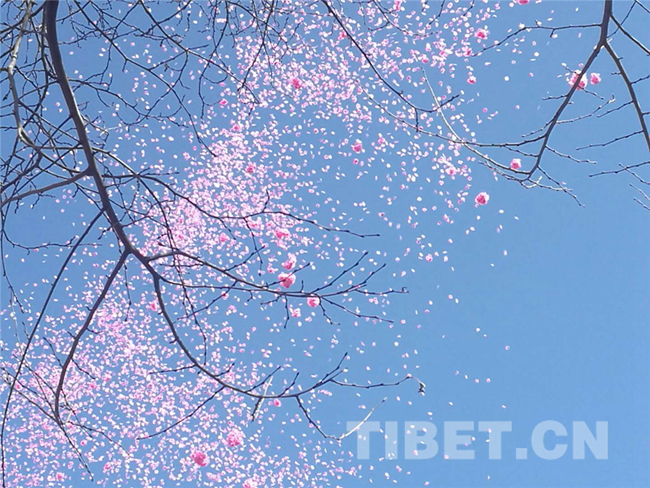Felt caps of Pema Tibetan

(Photo/ Internet)
Mt. Shar Dungri is on the border of Tibetan-inhabited and Han people inhabited areas. It is a famous holy mountain. Mandarin calls it Yellow Dragon or Huanglong. With regard to Tibetan people, each holy mountain has an earth deity.
Under the foot of Mt. Shar Dungri, there was a Tibetan tribe, which is called Pema Tibetan in Mandarin.
Pema Tibetans have many unique customs, and felt cap is one of them. Many people have studied Dakpo areas before. The famous Tibetan scholar, Muge Samten, also did likewise researches.

(Photo/ Internet)
The felt cap, which used to be a Tibetan ornament, is made up of two parts. The first part is felt cap, whose texture was wool. The second part is feather. The felt cap was usually white with feathers on. The felt cap was a common Tibetan ornament in the past. In the Biography of King Gesar, warriors around King Gesar would wear feathers on the hat. Frescos on the walls of Jokhang Monastery also painted men wearing feathers.

(Photo/ Internet)
In addition, folk people call female as Gojam. For beauties from noble families, they had a custom to wear feathers on headdress. There are many related historical legends among folk people, and the custom still exists in some places.
Your Comment
Name E-mailRelated News
-
-
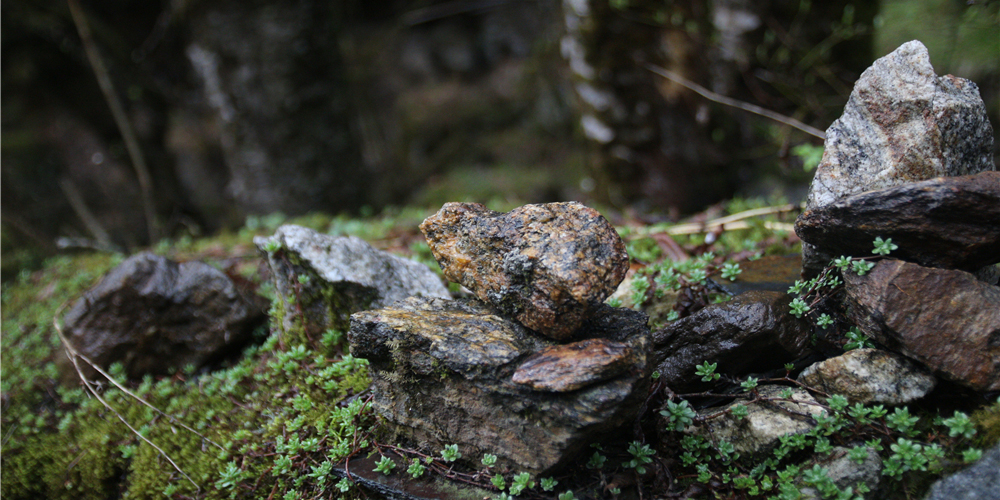
-
Qinghai Tibetan medicine research institute established
Qinghai Nationalities University recently established the Qinghai Province Tibetan Medicine Research Institute
-
-
-
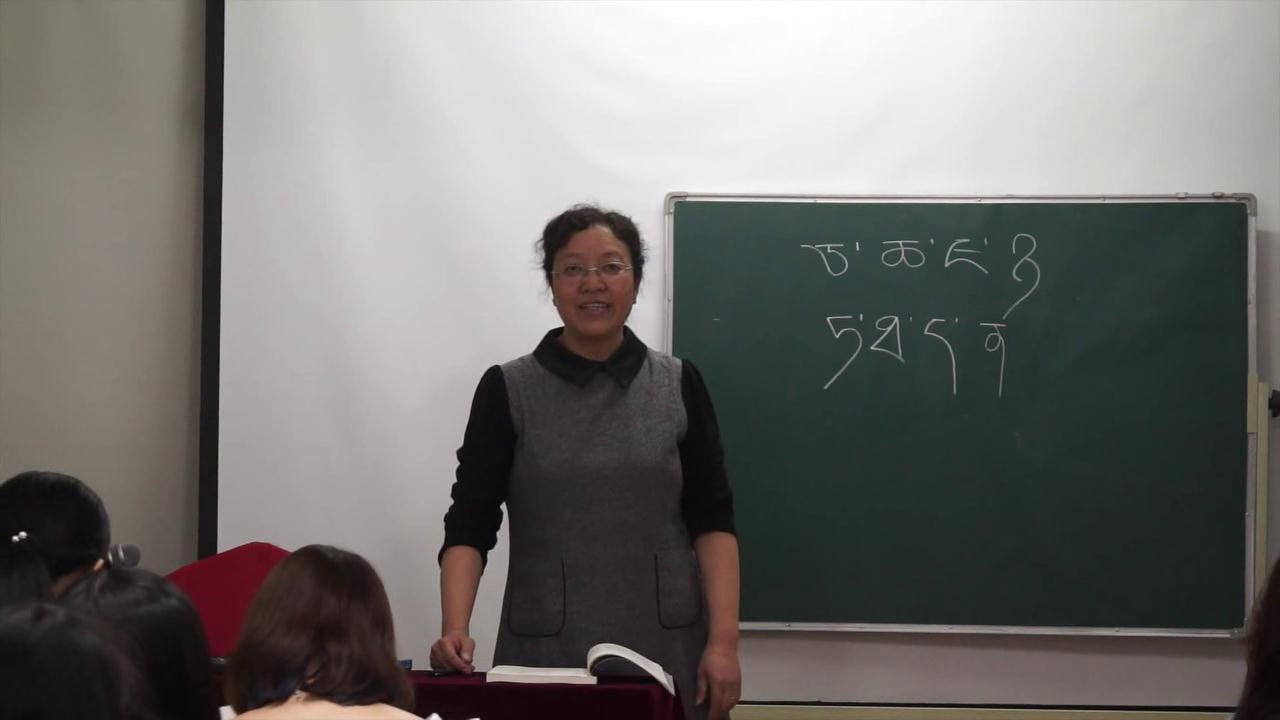
-
Journalists eager to learn Tibetan
“Tibetan has 30 letters in its alphabet, all of which are consonants, and four vowel symbols... Try using saying “I” in the Shaanxi dialect for this word...”
-
-
-

-
Modern science, technology help rejuvenate ancient Tibetan medicine
Tibetan medicine, which is thousands of years old, has been gradually emerging from traditional workshops in recent years, moving towards more scientific, large-scale, and standardized means of production.
-
-
-
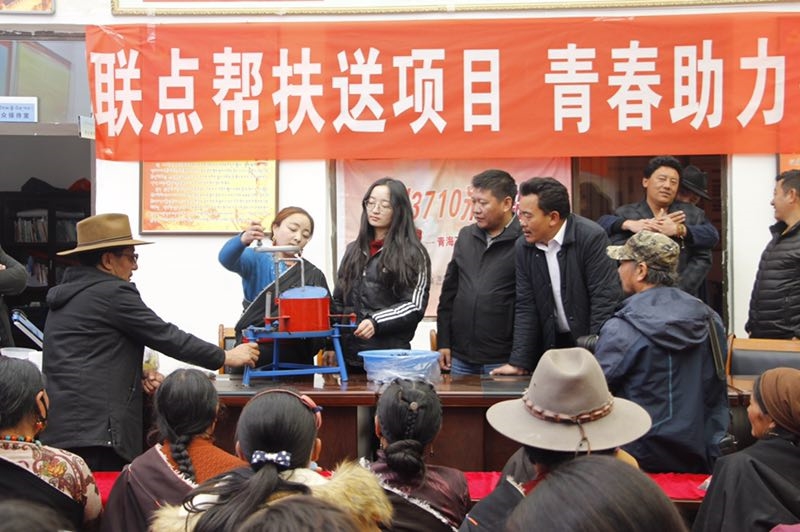
-
Tibetan tea helps women overcome poverty
About 160 Tibetan women from Xia Laxiu Township of Yushu City in northwest China's Qinghai Province learned a new skill: making handmade Tibetan tea.
-



